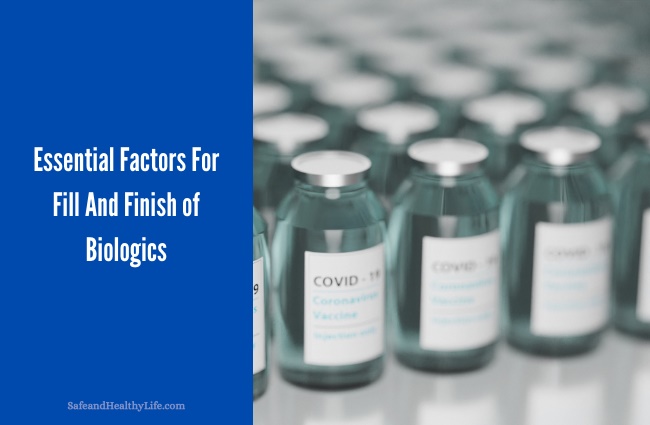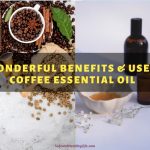
What Are Fill And Finish?
After the manufacture of medicines and vaccines, winding up begins, which includes filling up vaccines and drugs into vials and packaging medicine; this process is termed fill and finish.
The packaging, product, and container are sterilized before, and this process is termed sterile fill finish, ensuring the product’s safety.
Handle With Care:
The activity of proteins depends on the method of their manufacture and the stability of their 3D structure.
The complexity of a protein structure calls for very careful handling during fill and finish. Misfolded or damaged protein structures have altered functions, so structural integrity is of supreme importance during fill and finish.
As a result, the manufacturer should be highly learned of the factors affecting the structure and stability of proteins. Handling larger molecules is a more painstaking task than managing smaller ones.
Precise handling techniques are required to handle large molecules, starting from receiving bulk drug substances (BDS). other factors that should be closely monitored include
- Temperature
- End to end cold chain infrastructure
- Traceability
- Risk mitigation strategies
Peristaltic Or Piston?
Piston pumps have been in the market for a long time, and they are the go-to method for liquid filling in the pharmaceutical industry. These pumps are considered reliable and accurate, but there is one drawback.
The piston comes in direct contact with the liquid, which increases the chances of contamination of the product and hence; raises safety issues.
To protect the product from contamination of the product, the piston must be kept clean, which in turn increases the expenses. Also, large molecular structures can get damaged by direct contact.
The preferred filling system is a peristaltic pump which has lesser drawbacks. The product is moved through a tubing via external pressure that induces peristaltic motion in the tube.
The product is not in contact with any parts of the pump itself, only the tubing. The peristaltic pump offers a low pressure, which is less likely to damage large proteins’ structural integrity and 3D dynamics.
The tube is used only once, and then it is changed, making the process more efficient.
Accurate Filter Size:
Accurate filter size is an essential requirement during the filtration of the product. The right filter size reduces the unnecessary collection of products in one place and saves the valuable product from waste. Flow should be adjusted to prevent from splashing off the product.
Inspection:
After the product has been filled into the vials, an inspection is necessary to ensure everything is in place. Manual visual inspection is mainly used in the US and Europe.
A well-learned and knowledgable man who has a complete grip over the process can visually inspect whether the product is packed right or not.
A properly trained inspector can pick up the inherent characteristics of the products.
Challenges Faced During Fill And Finish:
The challenges that should be handled appropriately during fill and finish are as follows:
- Handling the sensitive biologics
- Inspection of clear and opaque products
- Inspection of amber-colored vials
- Differentiating between contaminated and product-related particles
- Matching the production volumes
About The Author:
 Based out of New York Helen is a seasoned writer in the healthcare industry. Writing for multiple health-related websites you may have read one of Helen’s articles in the past.
Based out of New York Helen is a seasoned writer in the healthcare industry. Writing for multiple health-related websites you may have read one of Helen’s articles in the past.




